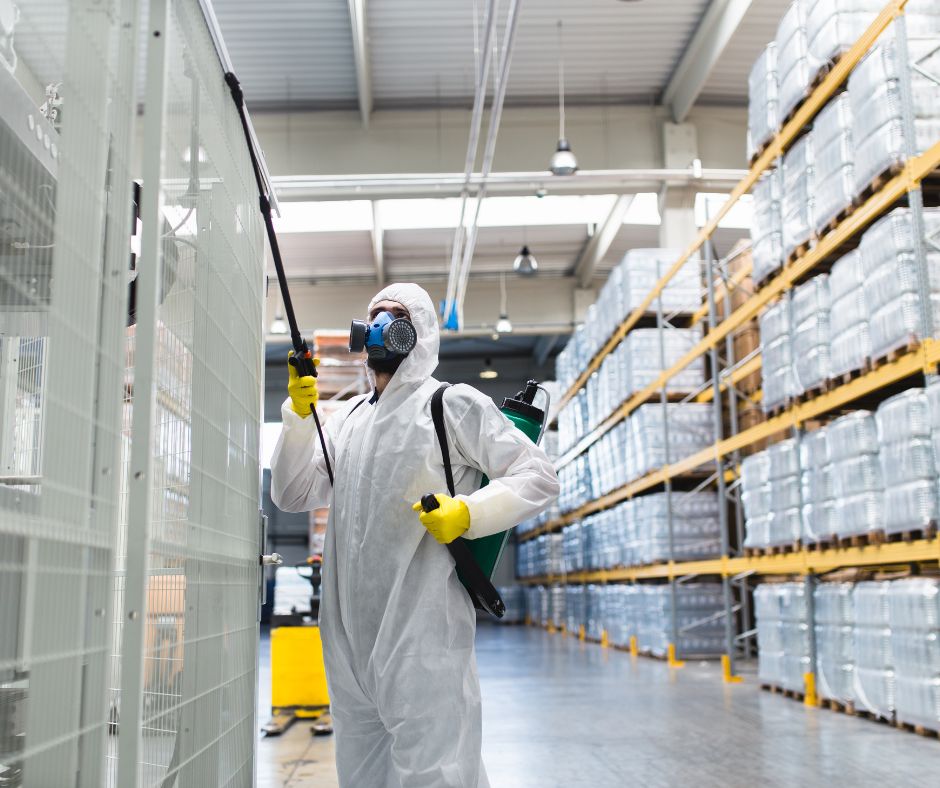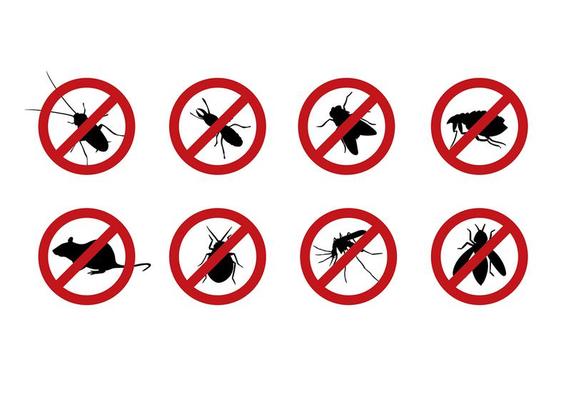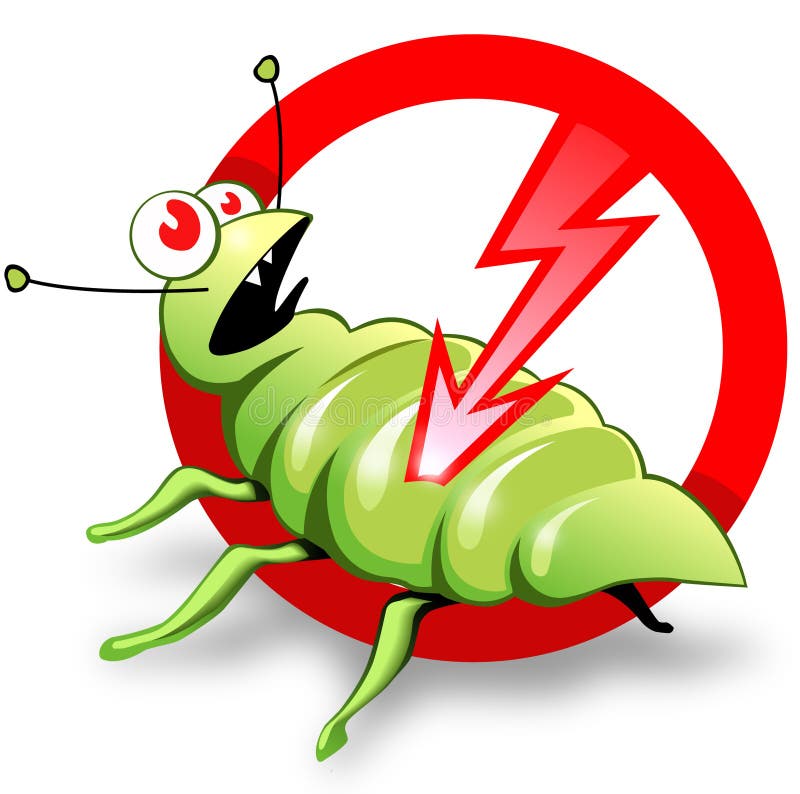Effective Cockroach Exterminator Port Charlotte to Prevent Infestations in Your Home
Wiki Article
Learn More About the current Developments in Pest Control and Just How to Execute Reliable Therapy Solutions
Over the last few years, the area of bug control has experienced considerable developments, driven by the demand for sustainable and efficient therapy solutions. Cutting-edge approaches such as Integrated Pest Administration (IPM) combine environment-friendly methods with sophisticated innovation, boosting both effectiveness and environmental obligation. The combination of wise modern technologies and Do it yourself techniques has empowered individuals to tackle bug problems much more effectively. As we explore these advancements, it comes to be vital to understand how ideal to execute these techniques in various settings to attain optimal outcomes. The ramifications for pest monitoring techniques might be transformative.Eco-Friendly Insect Control Options
Recently, the need for environmentally friendly pest control alternatives has risen as organizations and property owners alike look for lasting choices to standard chemical treatments. This change is driven by expanding ecological understanding and a wish to minimize the health and wellness dangers associated with synthetic pesticides.

Environmentally friendly insect control approaches encompass a series of methods that prioritize the use of natural compounds and techniques. Integrated Insect Administration (IPM) is one such technique, combining organic, social, and mechanical tactics to take care of pest populations while minimizing dependence on chemicals (Wildlife removal services). This all natural method highlights avoidance with environment adjustment and the intro of natural killers, thereby fostering a balanced environment
Another preferred alternative is making use of agricultural chemicals obtained from plants, which tend to be less dangerous to non-target organisms. Products like neem oil and diatomaceous earth have actually gained grip for their performance in regulating insects while posing very little risks to human wellness and the setting.
Furthermore, exclusion methods, such as sealing access factors and keeping tidiness, play a vital role in environmentally friendly insect monitoring. By embracing these sustainable techniques, companies and individuals can successfully handle bugs while advertising a healthier earth for future generations.
Smart Modern Technology in Bug Management
Innovation is improving the landscape of bug management, with smart innovation emerging as a critical force in enhancing effectiveness and performance - Wildlife removal services. The assimilation of Web of Points (IoT) tools, fabricated intelligence (AI), and information analytics is revolutionizing exactly how bug control professionals come close to invasions
Smart catches equipped with sensors can find pest task in real-time, sending out immediate informs to drivers. This enables prompt responses, decreasing damages and lowering the demand for comprehensive therapies. Furthermore, AI formulas assess historical data to predict pest behavior, making it possible for aggressive treatments based upon environmental conditions and infestation patterns.
Drones and automated vehicles are likewise playing a considerable role in pest management, giving airborne evaluations of big locations, recognizing hotspots, and also dispersing targeted therapies. These innovations not only enhance operations but additionally enhance security by limiting human direct exposure to potentially dangerous chemicals.
Furthermore, mobile applications encourage consumers to keep track of pest task and accessibility expert recommendations, promoting a joint strategy to pest monitoring. Overall, the adoption of smart innovation is setting a brand-new criterion in parasite control, emphasizing data-driven choices and lasting practices that eventually profit both specialists and homeowners alike.
Integrated Bug Management Techniques
Integrated Insect Management (IPM) utilizes an alternative approach to pest control, combining different methods to properly handle pest populations while lessening threats to human wellness and the environment. IPM focuses on understanding the pest life process, their natural opponents, and the ecological community in which they flourish.Among the fundamental elements of IPM is keeping an eye on pest populaces with routine examinations and information collection. This allows for the recognition of bug thresholds, determining when intervention is necessary. Cultural methods, such as crop turning, environment, and hygiene control, are necessary in minimizing parasite occurrence and promoting plant health.
Mechanical controls, including obstacles and traps, are likewise important in IPM. These approaches can physically remove or deter bugs without making use of chemicals. When essential, the cautious application of chemical controls is utilized, focusing on targeted therapies that decrease ecological effect.
Education and learning and cooperation amongst stakeholders, including farmers, pest control professionals, and the area, are critical for the successful application of IPM methods. By prioritizing lasting practices, IPM not just addresses pest concerns but likewise promotes a much healthier community.
Biological Control Methods
Numerous biological control approaches are increasingly recognized for their effectiveness in taking care of parasite populaces while promoting eco-friendly equilibrium. These strategies harness natural killers, parasites, and pathogens to decrease pest numbers without counting on artificial chemicals. The intro of ladybugs can effectively manage aphid populaces, while nematodes target soil-dwelling pest larvae.Furthermore, the usage of microbial chemicals, such as Bacillus thuringiensis (Bt), offers an ecologically pleasant choice for handling caterpillar insects. These items particularly target pest varieties, decreasing harm to helpful bugs and pollinators. Furthermore, conservation organic control highlights improving environments for natural opponents, such as birds and helpful insects, therefore motivating their visibility in farming systems.
Research study proceeds to expose innovative methods within this field, such as using scents to disrupt pest breeding patterns or the development of biocontrol Mosquito control services agents with genetic modification. Carrying out these methods can cause lasting parasite monitoring practices that alleviate the reliance on chemical interventions, eventually promoting healthier environments. As recognition of these methods grows, they are becoming essential components of integrated bug administration (IPM) methods, using an equilibrium between reliable pest control and ecological stewardship.
DIY Pest Control Solutions
As home owners seek effective methods to take on bug problems, DIY bug control solutions have gained popularity for their availability and cost-effectiveness. These methods empower people to deal with problems using easily available materials and methods, often without the requirement for specialist intervention.
In addition, preserving appropriate sanitation and normal assessments can prevent parasite entrance and nesting (Wildlife removal services). Straightforward techniques, such as sealing fractures, removing food resources, and decluttering, can considerably lessen bug populations. Traps, both homemade and commercially offered, can likewise offer reliable remedies for surveillance and controlling certain parasites like rodents or bugs

Final Thought
The integration of environment-friendly bug control options, clever innovation, and ingenious management methods presents a comprehensive strategy to effective pest monitoring. By welcoming Integrated Insect Administration (IPM) and utilizing organic control methods, together with do it yourself services, lasting and liable parasite control can be attained. These improvements not only boost the efficiency of insect monitoring practices yet additionally contribute to a healthier environment. Carrying out these approaches fosters a well balanced ecological community while properly dealing with pest populaces.Eco-friendly pest control methods incorporate an array of methods that focus on the use of all-natural substances and methods. Integrated Pest Management (IPM) is one such approach, incorporating biological, cultural, and mechanical techniques to handle bug populaces while minimizing dependence on chemicals. As understanding of these strategies expands, they are ending up being essential parts of integrated parasite management (IPM) methods, supplying an equilibrium between reliable parasite control and environmental stewardship.
The integration of eco-friendly insect control alternatives, wise innovation, and cutting-edge management strategies presents an extensive method to reliable pest management. By welcoming Integrated Insect Management (IPM) and making use of biological control methods, along with DIY solutions, responsible and lasting parasite control can be achieved.
Report this wiki page